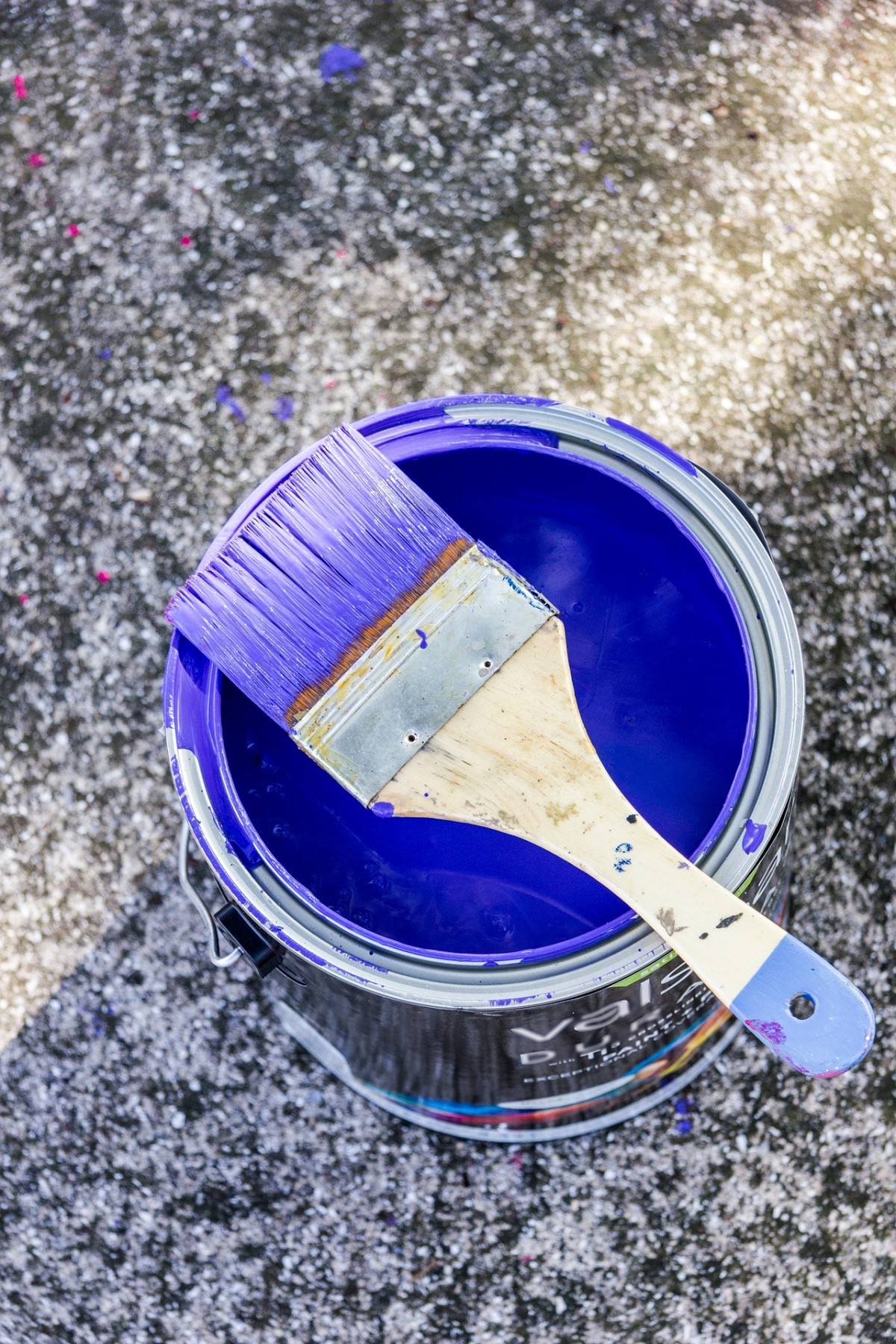Oil-Based Paints
Oil-based paint, long a staple for house painting applications, is growing less popular these days, as opposed to water-based latex paint. Why? When it comes to paint selection, what are the advantages and disadvantages of oil-based paint? Find out the facts with this handy guide.
What is Oil-Based Paint, Exactly?
Oil-based paint contains natural (linseed) or synthetic (alkyd) oil as a base. The alkyd base has become more common due to its lower price and higher strength. However, both types are tough and durable, making them good choices for exterior house painting jobs, interior doors, bathroom or kitchen cabinets, and trim.
Oil-based paint is also excellent for painting metal because it adheres well to the surface and will protect metal fences, etc from the elements. Oil-based wood stains are another product in which the oil base is actually beneficial for the wood.
Disadvantages of Oil-Based Paint
- Is very hard to clean up after painting. To clean oil-based paint off brushes and rollers (as well as your hands), you will need to use a solvent such as turpentine or paint thinner.
- Also needs a solvent for thinning paint during use.
- Takes a long time to dry (about 8-24 hours for linseed-based, and 4-6 hours for alkyd) so you might not be able to apply a second coat that same day. Check manufacturer’s directions.
- Should not be used on untreated masonry or drywall without first applying a suitable primer.
- Can't be touched up in small areas without causing noticeable marks.
- Contains high VOC (Volatile Organic Compound) levels -- organic chemical compounds with high enough vapor pressures under normal conditions to significantly vaporize and enter the atmosphere, causing smog and other air quality problems.
- Gives off a strong, unpleasant odor due to VOCs. When applying oil-based paint, wear a mask and ensure the area has proper ventilation.
- Is more vulnerable to fading, discoloration, mildew, cracks, and peeling. Is also flammable which makes it hazardous to save this paint.
- Must be treated as a hazardous waste for disposal.
Advantages of Oil-Based Paint
- Oil-based paint is very durable and more resistant to low temperatures than latex.
- Application is smooth and provides great coverage. A second coat may not be required.
- Oil-based paint may be applied to stained, chalky, and/or dirty surfaces.
- Oil paint is better at covering small imperfections or slightly damaged areas.
- Walls or trim painted with oil-based paint can be scrubbed – hard! – if necessary.
- Some experts claim that oil-based paint is much richer in color than water-based paints.
For high quality painting work with your choice of oil- or water-based paint, or tips on eco-friendly house paint, find reliable local house painters near you.
Updated May 13, 2018.
Looking for a Pro? Call us (866) 441-6648

Painting Average Costs
Painters Experiences

Fresh Paint For The Whole Interior Of The Home We Just Bought

Find A Painter Willing To Work With The Style YOU Have In Mind




